The following problems and descriptions of student thinking exemplify what is required to meet this standard.
Number and algebra
In contexts that require them to solve problems or model situations, students will be able to:
- apply counting-all strategies
- continue sequential patterns and number patterns based on ones.
During this school year, 'number' should be the focus of 60–80 percent of mathematics teaching time.
Example 1
Imagine you have 4 teddies. You get 5 more teddies.
How many teddies do you have now?
Example 2
Imagine you have 8 strawberries.
You eat 3. How many strawberries do you have left?
Example 3
Here are 3 kete. There are 3 kūmara in each kete.
How many kūmara are there altogether?
Example 4
Build up the pattern below with your animal cards, one animal at a time, in front of the student.

Which animal comes next in the pattern? How do you know?
Geometry and measurement
In contexts that require them to solve problems or model situations, students will be able to:
- compare the lengths, areas, volumes or capacities, and weights of objects directly
- sort objects and shapes by a single feature and describe the feature, using everyday language
- represent reflections and translations by creating patterns
- describe personal locations and give directions, using everyday language.
Example 5
Provide water in an ungraduated jug or bottle and 3 containers that are similar in capacity.
Use water to find out which container holds the most.
Example 6
Provide the student with a set of attribute blocks.
Sort the blocks into families.
What is the same about the blocks in each family?
Example 7
Sit with the student at their desk in the classroom.
Imagine I am standing at the door. I need to get to where Rawiri sits. Tell me how to get to his seat.
Statistics
In contexts that require them to solve problems or model situations, students will be able to:
- investigate questions by using the statistical enquiry cycle (with support), gathering, displaying, and/or counting category data.
Example 8
Provide the student with the animal cards shown, randomly arranged.
Arrange the cards so that someone else can see how many of each animal there are at the zoo. How many zebras are there? Which animal is there most of?
How to help at home.
- find numbers around your home and neighbourhood – clocks, letterboxes, speed signs
- count forwards and backwards (clocks, fingers and toes, letterboxes, action rhymes, signs)
- make patterns when counting "clap 1, stamp 2, clap 3, stamp 4, clap 5…"
- do sums using objects such as stones or marbles eg 2 + 3, 4 +1, 5 + 4
- make up number stories – "you have 2 brothers and 2 sisters. There are 4 of them"
Here's a tip - maths is an important part of everyday life and there are lots of ways you can make it fun for your child.
Use easy, everyday activities
Involve your child in:
- preparing and sharing out food – "two for me and two for you". Ask, "How many for each of us?"
- talking about time – "lunchtime", "storytime", "bedtime"
- using words in everyday play like "under", "over", "between", "around", "behind", "up", "down", "heavy", "light", "round", "circle", "yesterday", "tomorrow". You can get library books with these words and ideas in them too
- asking questions like "How many apples do we need for lunches? What do you think the weather is going to be like today/tomorrow? What are we going to do next?"
Here's a tip - use lots of mathematics words as your child is playing to develop their understanding of early mathematics (eg "over", "under", "first, second, third", "round", "through", "before", "after"). Use the language that works best for you and your child.
For wet afternoons/school holidays/weekends
Get together with your child and:
- play with water using different shaped containers and measuring cups in the sink or bath
- bake – talk to your child about the recipe/ingredients using words like "how many?" "how much?" "more". Count how many teaspoons of baking soda are needed, how many cups of flour, how many muffin cases
- play dress-ups and getting dressed, use words like "short", "long", and ask questions like "what goes on first?", "what goes on next?", "does it fit?"
- create a ‘sorting box’ with all sorts of ‘treasure’ – bottle tops, shells, stones, poi, toys, acorns, pounamu (greenstone), cardboard shapes, leaves. Ask questions like "how many?", "which is the biggest group?", "which is the smallest?", "how many for each of us?"
- do jigsaw puzzles, play card and board games and build with blocks.
Here's a tip - being positive about mathematics is really important for your child’s learning – even if you didn’t enjoy it or do well at it yourself at school.

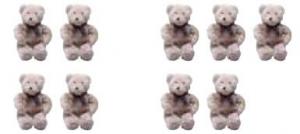
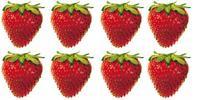



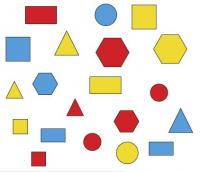
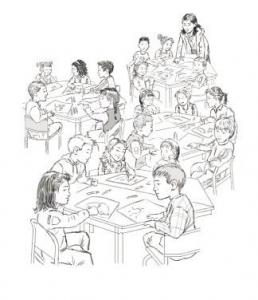

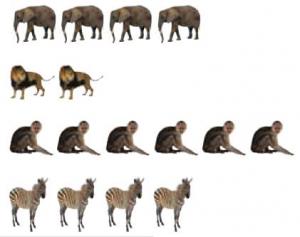
No comments:
Post a Comment